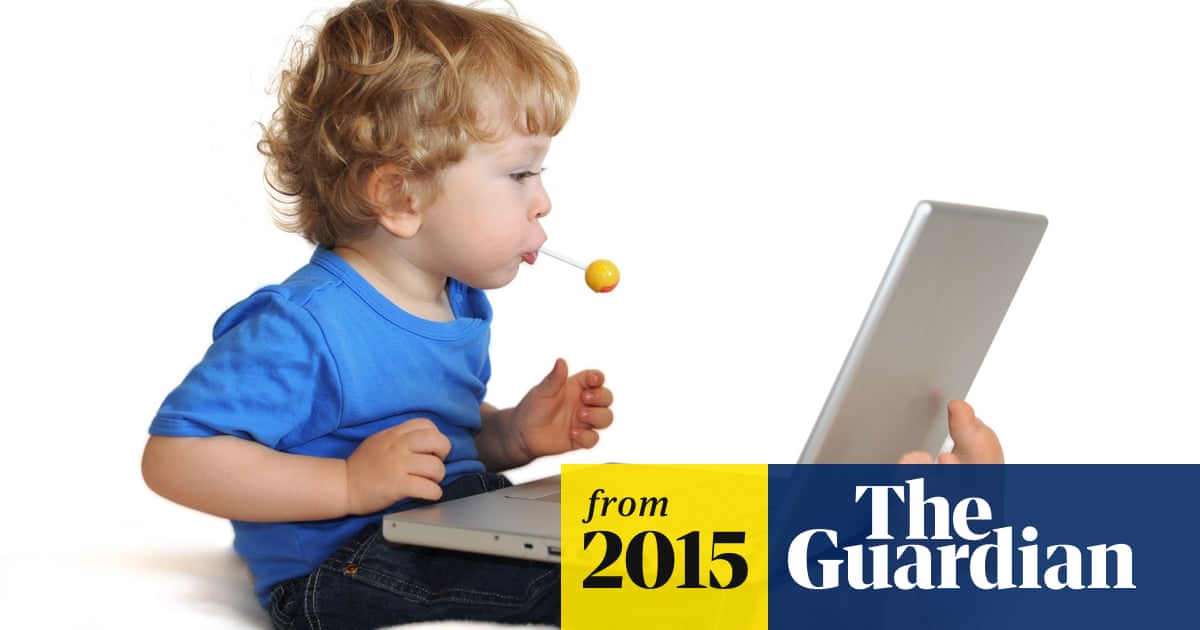Grand designs: how to build the perfect website
Picking the right designer, deciding on a budget and nailing SEO are key when creating a site for your business
If you want to get your business online but lack the technical skills to do so in-house, you will need the help of a web designer. But what qualities should you look for, what can you expect to pay and how long should a project take?
Finding the right web designer
Top designers can adapt their style to suit clients’ needs, and this should be evident in their portfolios.
Successful designers tend to be part of online communities, such as Behance or Coroflot, and can rate each other’s designs and portfolios, which helps improve their skills. Before hiring a designer, take a look at their pages on these sites to get a feel for their work.
An employer taking on a designer full-time would look for a bachelor’s degree in graphic design, or equivalent qualification, as a minimum. You may wish to do the same, although a designer’s experience is more important. The Professional Association for Design has a handy list of skills a designer is expected to have in 2015.
Once they’ve started on a project, a good designer will submit a number of draft designs and constantly request your feedback. They will also make the necessary changes without complaint until you are happy with the end result.
When you start working with a designer, agree to pay an hourly rate until you see their first examples. If, on the way, you don’t see anything that you love you would have paid only for a few hours of work and not the whole project. But once you are happy with what you see, you can agree a total price for the website.
It’s also important that a designer understands your industry and has experience of designing for companies in it. This way, they will have a clear idea of your competitors and their online presence.
How long should it take
This can depend on the complexity of the design. If the website is created using an editable hosted platform, such as WordPress, it can be completed in two weeks.
But to create a fully customised basic website (as opposed to an e-commerce design, where customers can buy from the site) will take at least a month, including both design and development work (coding).
How much should it cost?
Logo design
The cost could range from nothing to millions. For example, Google co-founder Sergey Brin pinched pennies and designed the search engine giant’s first logo for free on Gimp, a free graphics program. In contrast, BP spent an estimated £4.6m on its logo 15 years ago.
According to a recent survey we carried out among 20,000 of our UK-based small business clients, around two-thirds purchased a customised logo design, spending £209 on average.Just 15% invested more than £500 on their logo.
Web design
Web design companies may charge anything up to £3,000 for a customised site. This rises to £5,000 for a partially customised e-commerce design, while a fully customised e-commerce design can set you back £10,000.
A website upgrade involves far less work, but you can still expect a bill of least £1,000 for a nine- to 10-page website. A basic small business website should have five to 10 pages, including a homepage, an “about” section, information on services and products, FAQs, contact details and terms and conditions. E-commerce websites can need up to 25 pages.
Five things your website should achieve
Clean design
Your site should load quickly, feature high-resolution imagery and be separated into crisp and clean sections that are easy to navigate.
Mobile friendly
Responsive web design involves ensuring a site looks as good on a mobile device as it does on a desktop. More people now access the internet from mobile devices than desktops, so failure to get up to speed means you’ll be left behind.
Easy navigation
You need to determine the actions you want customers to take on any given web page and make it easy for them to do so. This could range from making a purchase or subscribing to your email newsletter.
SEO friendly
In 2014, 38 million adults in Great Britain accessed the internet every day. Of these, 74% bought goods or services online. In a PWC report on global shopper behaviour, 56% of survey participants said the first thing they did when researching a purchase was to use a search engine. This makes it crucial for all small businesses to own SEO-friendly websites that push them higher up search engine rankings.
Stay above the fold
The most important information on any page should be visible without the customer having to scroll down. Be sure to place the benefits of your product or service, your call to action and your main image at the top of the page.
Niall O’Loughlin is UK marketing manager at 99designs, a graphic design marketplace that connects small businesses with a community of designers
Sign up to become a member of the Guardian Small Business Network here for more advice, insight and best practice direct to your inbox.
- Accessing expertise
- Small business
- SEO
- Search engines
- Internet
- sponsored features
